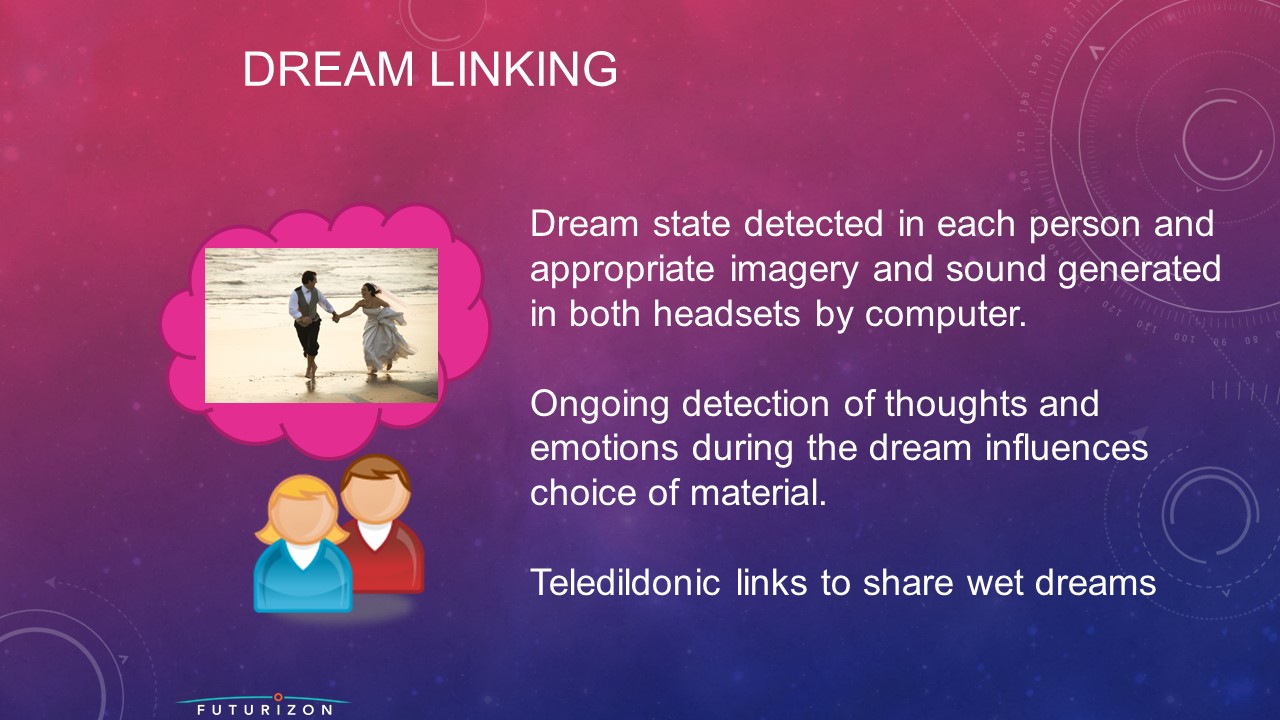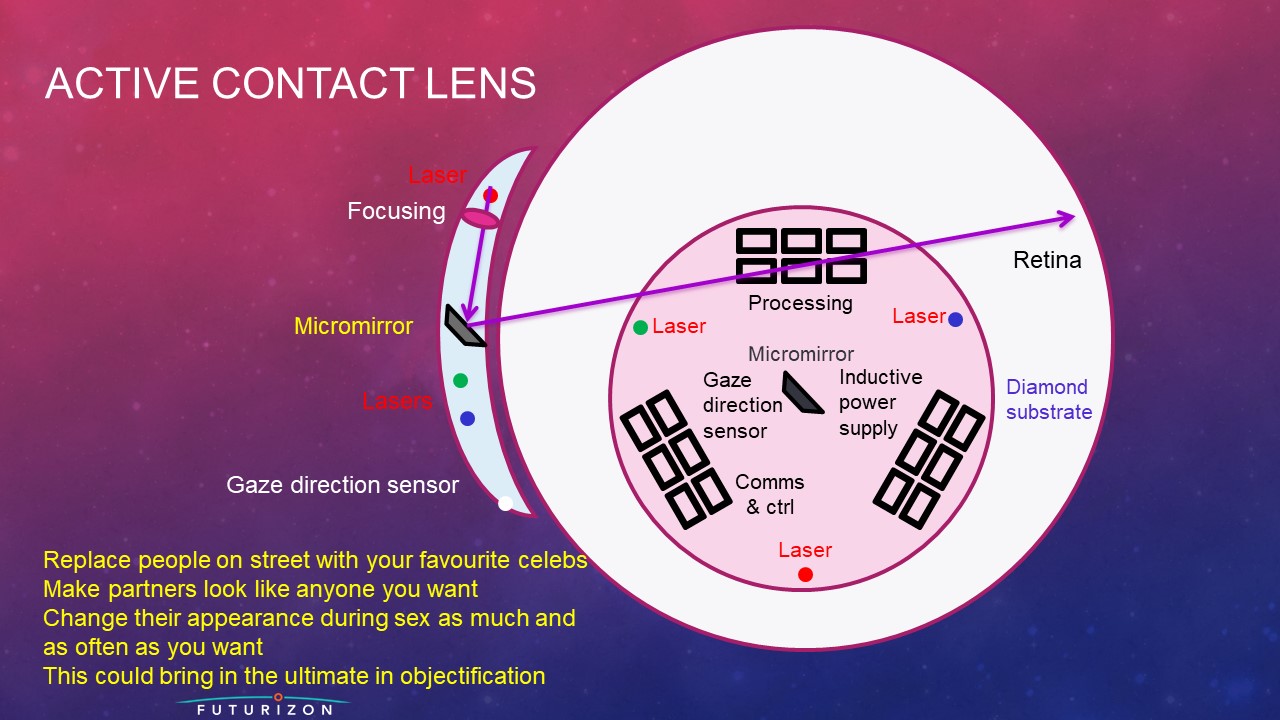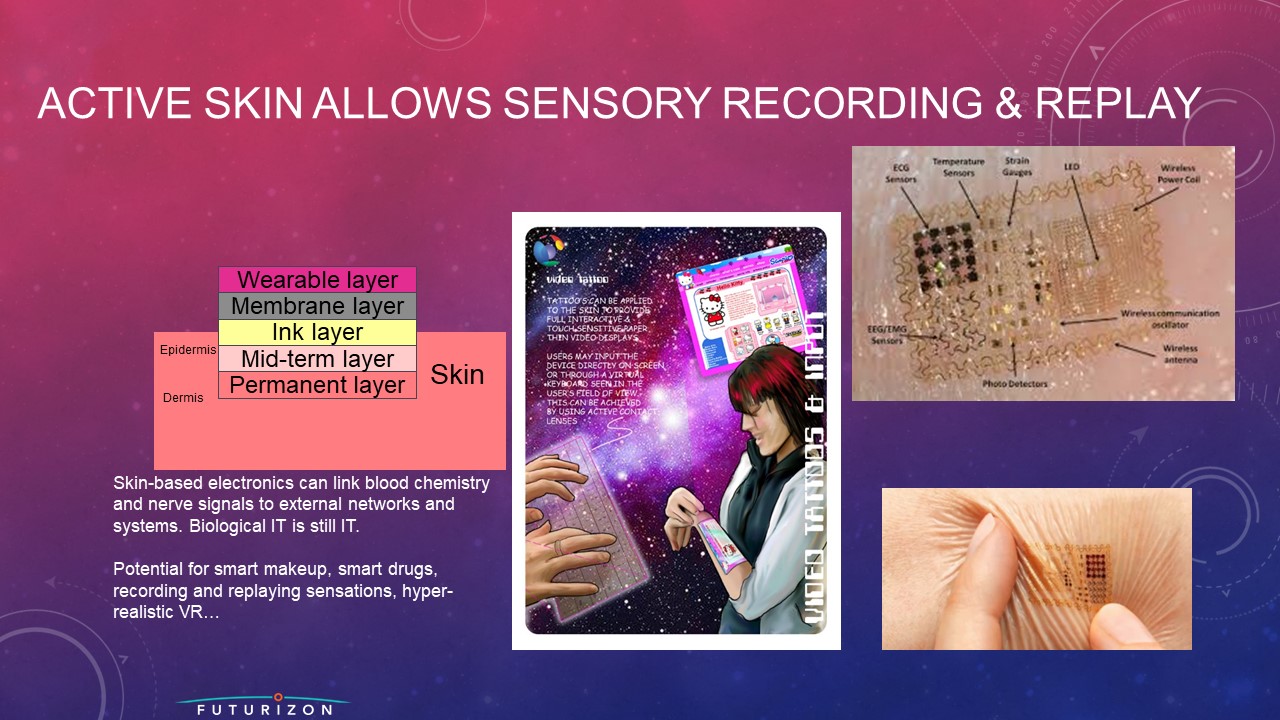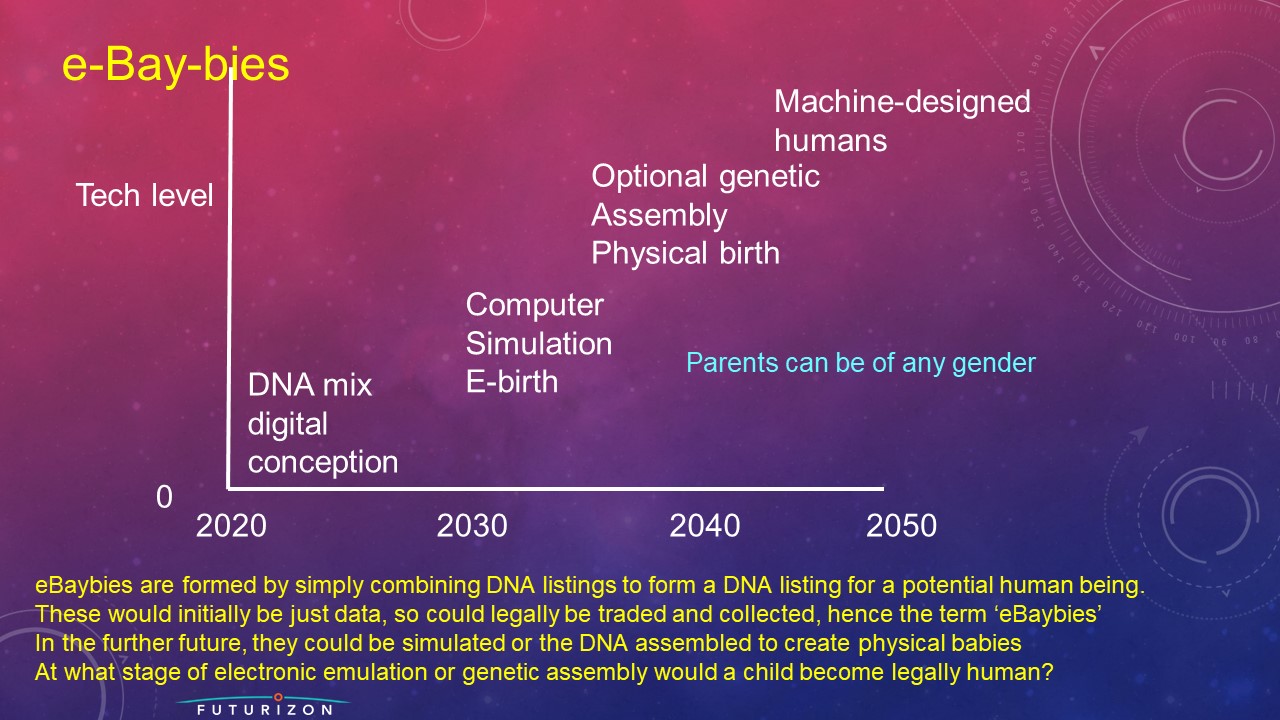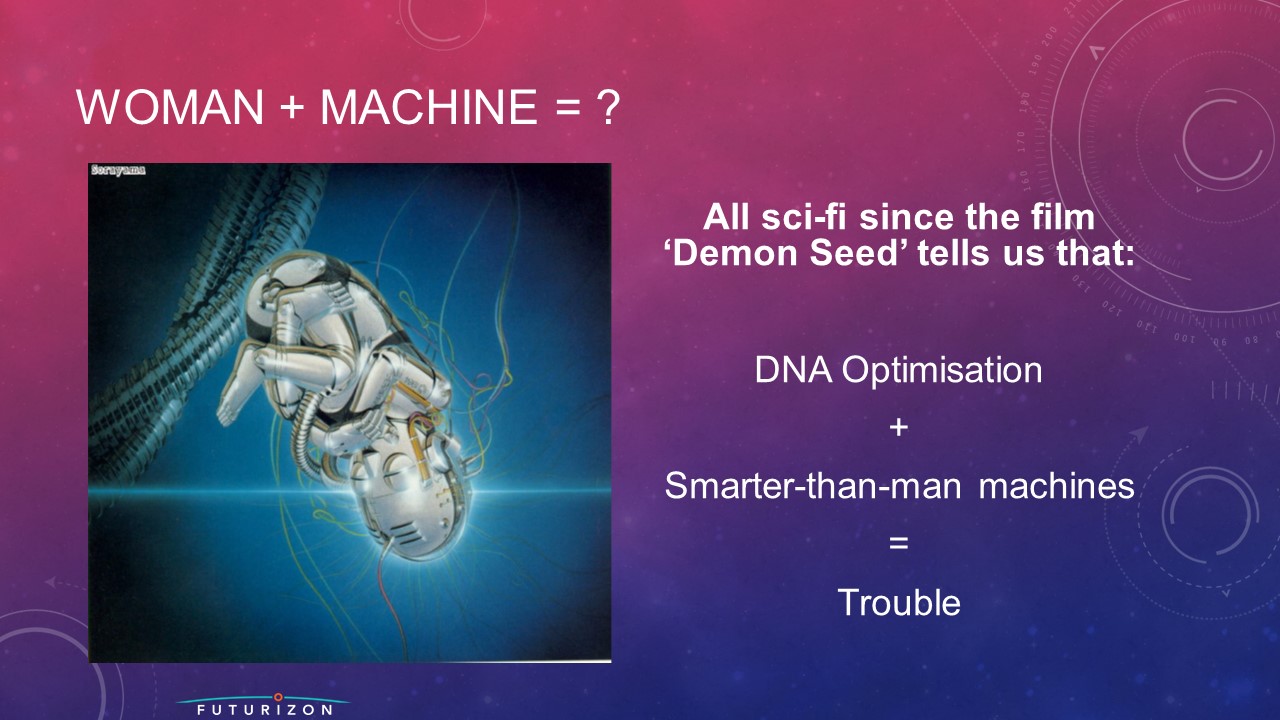Ovarian cancer, notorious for its subtle symptoms and the challenge it presents for early detection, remains one of the most lethal gynecological malignancies. Traditional diagnostic methods often detect the disease at advanced stages, when treatment options are limited and less effective. However, the advent of piezoelectric cilia-propelled micro-robots introduces a revolutionary approach to detecting and treating ovarian cancer at its onset, potentially transforming patient outcomes through early intervention.
Navigation and Propulsion
The micro-robots are designed to navigate the intricate pathways of the female reproductive system, leveraging their innovative propulsion system. Piezoelectric cilia cover the surface of the device, enabling fluid and precise movement through bodily fluids and narrow passages. These cilia extend, retract, and bend in coordinated wave-like motions, mimicking the mechanisms of organic creatures, to propel the device forward.
The cilia are powered by an inductive mechanism, which harnesses energy from external fields, such as ultrasound or electromagnetic radiation. A coil running the full length of the micro-robot maximizes the aerial size, enhancing energy harvesting efficiency. The intensity of an external signal beam modulates the cilia’s movements, allowing for precise steering and navigation towards the target location.
Early Detection
Once introduced into the uterus through a minimally invasive procedure, the micro-robot navigates along the fallopian tubes to reach the ovaries. Its on-board diagnostic tools, such as micro-ultrasound or optical coherence tomography, enable high-resolution imaging and video capture of ovarian tissue. These advanced imaging capabilities facilitate the identification of early-stage tumors or abnormal tissue changes that may be missed by conventional techniques.
Furthermore, the micro-robot can collect tissue samples for biopsy using its integrated micro-tools, minimizing patient discomfort and risk associated with traditional procedures. These samples can be analyzed in real-time or delivered for laboratory examination, enabling rapid diagnosis and immediate clinical decision-making.
Targeted Treatment
Upon detecting malignant cells or tumors, the micro-robot can initiate an immediate therapeutic response. Its payload capabilities allow for the delivery of targeted chemotherapeutic agents, such as cisplatin or paclitaxel, directly to the tumor site. This localized drug delivery system minimizes systemic side effects typically associated with chemotherapy, improving the patient’s quality of life during treatment.
Moreover, the micro-robot can administer novel therapies tailored to the genetic makeup of the tumor. For instance, it can deliver RNA interference (RNAi) molecules or CRISPR-Cas9 components to silence or edit specific genes involved in tumor growth and progression, enhancing the efficacy of anticancer therapies and paving the way for personalized medicine.
Post-Treatment Monitoring and Follow-up
Beyond its diagnostic and therapeutic roles, the micro-robot can also be employed for post-treatment monitoring and follow-up checks. Its on-board sensors and imaging capabilities enable the detection of potential recurrences or metastases, allowing for timely intervention and adjustments to the treatment regimen.
Furthermore, the micro-robot can be equipped with additional diagnostic tools, such as biosensors for detecting specific biomarkers or monitoring treatment response in real-time. This multifunctional approach ensures comprehensive care and improved patient outcomes.
Safety and Regulatory Considerations
The design of the piezoelectric cilia-propelled micro-robots prioritizes safety and biocompatibility, minimizing the risk of adverse reactions or tissue damage. The gentle, biomimetic movement of the cilia and the use of biocompatible materials ensure that the device is suitable for sensitive applications within the human body.
However, rigorous clinical trials and regulatory approval processes will be required to bring this technology to clinical use. Collaboration between engineers, medical professionals, biologists, and materials scientists will be essential to address any potential challenges and ensure the safe and effective implementation of this innovative technology.
Future Prospects
The piezoelectric cilia-propelled micro-robots represent a significant leap forward in the battle against ovarian cancer and potentially other malignancies. By combining early detection capabilities with the potential for immediate and targeted treatment, these devices offer a comprehensive approach to managing a disease that has long challenged medical professionals. As this technology advances, it holds the promise of not only improving survival rates for ovarian cancer patients but also serving as a model for addressing other cancers and diseases with similar diagnostic and therapeutic challenges.
The journey towards realizing the full potential of these micro-robots is just beginning, and it offers a hopeful horizon for those affected by ovarian cancer and beyond. With continued research, development, and multidisciplinary collaboration, this innovative technology has the potential to revolutionize the field of minimally invasive medicine and improve patient outcomes on a global scale.
Compact and Retrievable Design
To facilitate seamless navigation through intricate anatomical structures, including the narrow fallopian tubes of the female reproductive system, the micro-robots are designed with diameters ranging from 0.1 mm to 1 mm. This compact size allows for minimally invasive insertion and movement without causing tissue damage or discomfort.
While maintaining a slender profile, the micro-robots can have lengths between 5 mm and 30 mm, depending on the specific diagnostic or therapeutic payload they carry. The elongated shape serves multiple purposes:
- Enhanced Energy Harvesting: The increased length allows for a larger coil to be integrated along the body of the micro-robot, maximizing the surface area for inductive energy harvesting from external fields. This results in more efficient power generation for the piezoelectric cilia propulsion system.
- Increased Payload Capacity: The additional volume provided by a longer design enables the micro-robots to accommodate larger payloads, such as advanced imaging modules, biopsy tools, or higher doses of therapeutic agents. This versatility allows for more comprehensive diagnostic and treatment capabilities within a single device.
- Improved Navigation: The elongated shape, coupled with the precise control over the piezoelectric cilia, enables efficient propulsion and steering through complex pathways, allowing the micro-robots to navigate intricate anatomical structures with greater ease.
Retrievability is a crucial consideration, ensuring that the micro-robots can be safely removed from the body after completing their tasks. Several mechanisms are being explored to facilitate retrieval, such as:
- Tethered Design: The micro-robots can be attached to a thin, biocompatible tether or guidewire, allowing for controlled retrieval by gently pulling the tether after the procedure is complete.
- Magnetic Guidance: Incorporating small magnetic components within the micro-robots enables their retrieval through the application of external magnetic fields, guiding them back towards the point of entry.
- Biodegradable Materials: In certain applications, the micro-robots can be constructed using biodegradable materials that safely dissolve or are absorbed by the body over time, eliminating the need for physical retrieval.
Regardless of the retrieval method employed, rigorous testing and safety protocols will be implemented to ensure the micro-robots can be reliably removed from the body without any adverse effects.
By carefully balancing the dimensional constraints with the benefits of increased length, this micro-robotic platform maximizes its energy harvesting capabilities, payload capacity, and navigational agility, further enhancing its potential for minimally invasive medical applications across various anatomical regions.
Versatile Micro-Robotic Platform for Minimally Invasive Diagnosis and Treatment
While the initial focus has been on ovarian cancer detection and treatment, the piezoelectric cilia-propelled micro-robotic platform holds immense potential for a wide range of medical applications throughout the human body. Its compact, worm-like design allows for navigation through narrow passages, enabling access to deep-seated organs and tissues, such as the lungs, kidneys, bladder, and even the intricate network of arteries.
Autonomous Navigation and Obstacle Avoidance
Beyond external signal beam control, these micro-robots are designed with intelligent autonomous capabilities. Sensors at the leading tip continuously scan the surrounding environment, enabling real-time obstacle detection and avoidance. If an obstruction is encountered, the on-board control system can selectively activate or deactivate specific cilia to steer the device around the obstacle without the need for constant external input or video feedback, streamlining the navigation process.
Integration with Artificial Intelligence and Tele-Operation
While autonomous navigation is a key feature, these micro-robots can also be seamlessly integrated with advanced artificial intelligence systems and tele-operation capabilities. Sensory data, including high-resolution imaging and diagnostic readouts, can be relayed in real-time to external AI platforms for analysis and decision support. This symbiotic relationship between the micro-robot and AI allows for rapid data processing, pattern recognition, and predictive modeling, enhancing diagnostic accuracy and treatment planning.
Additionally, experienced human operators can remotely control and guide the micro-robots through complex anatomical structures, leveraging their expertise in conjunction with the device’s capabilities. This hybrid approach combines the best of autonomous systems, artificial intelligence, and human intelligence for optimal performance and adaptability.
Modular Design and Customization
The micro-robotic platform is designed with a modular architecture, allowing for customization and integration of various diagnostic, therapeutic, and sensing payloads. Depending on the target application, the micro-robots can be outfitted with specialized tools, such as micro-ultrasound probes, optical coherence tomography modules, biopsy tools, drug delivery mechanisms, or biosensors for real-time monitoring of biomarkers or treatment responses.
This versatility enables the development of tailored solutions for different medical conditions, ranging from cancer detection and treatment to cardiovascular interventions, minimally invasive surgery, or even targeted drug delivery for neurological disorders.
Biocompatibility and Safety Considerations
Regardless of the application, the design of these micro-robots prioritizes biocompatibility and safety. The gentle, biomimetic movement of the piezoelectric cilia minimizes the risk of tissue damage, while the use of carefully selected materials ensures compatibility with the human body. Rigorous testing and adherence to regulatory standards will be crucial in ensuring the safe and responsible deployment of this technology.
Multidisciplinary Collaboration and Future Prospects
The development and implementation of this micro-robotic platform necessitate a collaborative effort spanning multiple disciplines, including engineering, medicine, biology, materials science, and artificial intelligence. By fostering cross-disciplinary partnerships and leveraging diverse expertise, researchers can overcome challenges, explore new possibilities, and drive the technology towards its full potential.
As this innovative platform continues to evolve, it holds the promise of revolutionizing minimally invasive medicine, enabling early and accurate diagnosis, targeted treatment delivery, and real-time monitoring across a wide spectrum of medical conditions. With its versatility, adaptability, and potential for integration with emerging technologies, the piezoelectric cilia-propelled micro-robotic platform represents a significant stride towards improving patient outcomes and advancing the frontiers of healthcare.
Versatile Micro-Robotic Platform: Enabling Minimally Invasive Diagnostics and Therapeutics Across Multiple Anatomical Regions
The piezoelectric cilia-propelled micro-robotic platform presents a versatile and adaptable solution for minimally invasive medical interventions across various anatomical regions. While the initial focus has been on the early detection and targeted treatment of ovarian cancer, the modular design and customizable payloads of these micro-robots enable tailoring their dimensions, capabilities, and functionalities to suit diverse medical applications.
Scalability and Adaptability
The micro-robots can be scaled in size, ranging from diameters as small as 0.1 mm to larger dimensions, depending on the target anatomical region and the required diagnostic or therapeutic payloads. This scalability allows for seamless navigation through intricate structures, such as the fallopian tubes, as well as larger pathways, like the gastrointestinal tract or cardiovascular system.
The modular architecture of the micro-robotic platform facilitates the integration of various payloads, including advanced imaging modalities, biopsy tools, drug delivery mechanisms, and biosensors. This adaptability enables the development of tailored solutions for different medical conditions, ensuring optimal diagnostic and therapeutic capabilities for each application.
Potential Applications
- Urinary Tract: The micro-robots can be introduced through the urethra, allowing access to the bladder and potentially the kidneys. While the renal tubules may be too fine for direct navigation, the micro-robots could explore the renal pelvis and proximal regions of the ureters, enabling diagnostic imaging, biopsy collection, or targeted drug delivery for conditions like kidney stones, tumors, or infections.
- Gastrointestinal Tract: By leveraging the scalability of the platform, larger micro-robots could be designed for navigation through the esophagus, stomach, and intestines. These devices could be equipped with advanced imaging capabilities, tissue sampling tools, or targeted therapies for conditions such as colorectal cancer, inflammatory bowel diseases, or gastrointestinal bleeding.
- Cardiovascular System: Integrating specialized imaging modalities and therapeutic payloads, the micro-robots could potentially navigate through the cardiovascular system, assisting in the diagnosis and treatment of conditions like atherosclerosis, arterial blockages, or even targeted drug delivery to specific regions of the heart.
- Respiratory System: While the current size constraints may limit direct navigation into the smaller bronchioles, larger micro-robots could potentially explore the upper respiratory tract, enabling diagnostic imaging, biopsy collection, or targeted therapies for conditions like throat cancer, respiratory infections, or obstructive pulmonary diseases.
Future Advancements and Miniaturization
Continuous advancements in micro-fabrication techniques and materials science could enable further miniaturization of these micro-robots, opening up new possibilities for accessing even smaller anatomical structures or enabling swarm robotics approaches with multiple coordinated micro-robots. Additionally, the integration with emerging technologies, such as nano-sensors, lab-on-a-chip devices, or molecular imaging probes, could further enhance the diagnostic and therapeutic capabilities of the platform.
User Interface and Control Systems
To facilitate seamless operation and precise navigation, advanced user interfaces and control systems will be developed for human operators. These could include intuitive control modalities, augmented reality visualization, or haptic feedback mechanisms to enhance the operator’s situational awareness and precision during remote navigation. Furthermore, the integration with artificial intelligence and machine learning algorithms could enable semi-autonomous or fully autonomous operation, further enhancing the efficiency and accuracy of the micro-robotic platform.
As this versatile micro-robotic platform continues to evolve, it holds the potential to revolutionize minimally invasive diagnostics and therapeutics across a wide range of medical conditions and anatomical regions, paving the way for improved patient outcomes and advancing the frontiers of personalized healthcare.





































